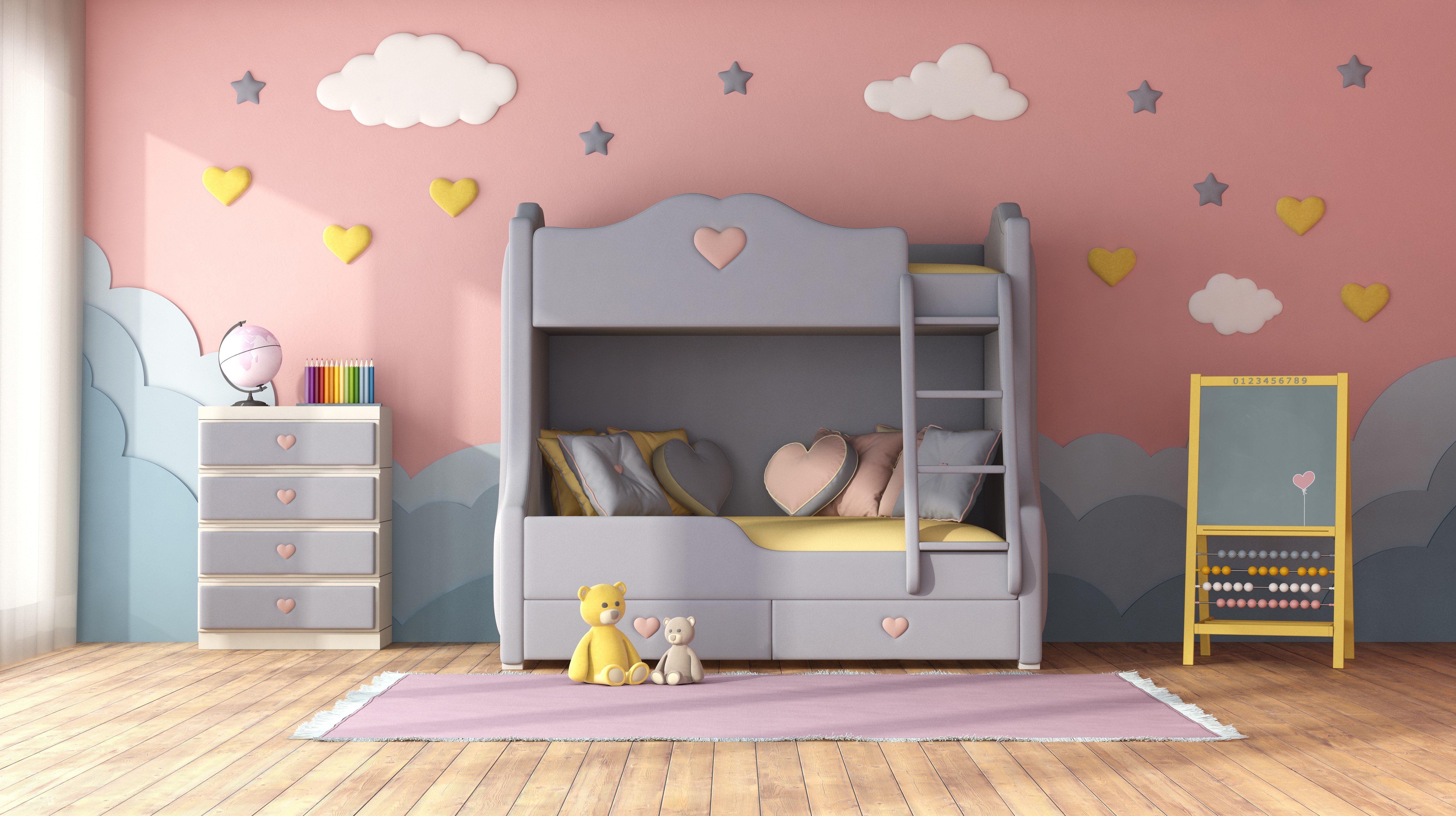15 Pinterest Boards That Are The Best Of All Time About Bunk Bed
페이지 정보

본문
A Comprehensive Guide to Children's Bunk Beds: Styles, Benefits, and Safety Considerations
Bunk beds have actually become a popular choice for households seeking to make the most of space and provide a fun sleeping environment for children. With their special design, they use a creative and practical solution for shared bed rooms, playrooms, or even guest accommodation. This article explores the various designs of kids's bunk beds, their advantages, security considerations, and responds to some frequently asked questions.
The Allure of Bunk Beds
Kid's bunk beds are more than just space-saving structures; they are likewise an entrance to adventurous dreams and imaginative play. Below is a detailed assessment of their various advantages.
Benefits of Bunk Beds
- Space-Saving: Bunk beds efficiently utilize vertical space, making them a perfect option for smaller rooms.
- Playful Design: Many bunk bed styles include slides, tents, and themed aspects, stimulating creativity and excitement.
- Partner Sharing: Bunk beds are ideal for brother or sisters sharing a space or accommodating pajama parties.
- Flexible Use: Some models can be separated into two individual beds, using flexibility as kids grow.
- Storage Options: Many bunk beds include integrated drawer storage or racks, even more improving their usefulness.
Styles of Children's Bunk Beds
The variety of bunk beds offered today caters to various choices and requirements. Below is an introduction of some popular styles.

| Style | Description | Best For |
|---|---|---|
| Requirement Bunk Bed | A conventional design including one bed stacked above another. | Siblings sharing a space. |
| Loft Bed | Similar to a bunk bed without the bottom bunk, permits a workspace or play location listed below. | Limited space for play/desk. |
| L-Shaped Bunk Bed | 2 beds set up in an L-shape, typically with extra areas for storage or play. | Special room layouts. |
| Twin Over Full | A twin bed over a full bed, accommodating different sleep needs. | Growing children and teens. |
| High Sleeper | Stands even higher than a loft bed, usually featuring a desk or play area below. | Older kids requiring more play/desk space. |
| Camping Tent Bunk Bed | Bunk beds with a canopy or tent-like structure, creating a comfortable, fun space. | Active and imaginative kids. |
Key Features to Consider
When picking the ideal bunk bed for children, the following functions are worth thinking about:
- Material: childrens bunk Beds beds can be made from wood, metal, or a combination. Each has its distinct aesthetic and toughness.
- Weight Capacity: Always verify the weight limitation of the bunk bed to ensure it can accommodate your kids securely.
- Security Rails: Ensure the leading bunk has tough rails to prevent falls.
- Ladder Security: A properly designed ladder should offer simple and safe access to the upper bunk.
- Ending up: Ensure any finishes are non-toxic and safe for kids.
Security Considerations
Safety is vital when it concerns children's bunk beds. The following standards need to be complied with:
- Age Appropriateness: Generally, kids under six years of ages must not sleep in the upper bunk due to security threats.
- Tough Construction: Ensure the frame and materials are strong and can support the weight without drooping.
- Routine Maintenance: Periodically look for loose screws, bolts, or other components that may require tightening up.
- Clear Play Area: Keep the area around the bunk bed complimentary of toys and challenges to minimize tripping threats.
Setting Rules for Safe Use
Developing guidelines for bunk bed usage will assist guarantee safety:
- Limit Jumping and Climbing: Children should be advised versus jumping from the top bunk and getting on the sides.
- Supervising Sleepovers: Monitor young visitors while they are using the bunk bed for the first time.
- Educate on Ladder Use: Teach how to use the ladder securely, stressing the significance of dealing with the ladder when climbing up or down.
Often Asked Questions
1. What age is suitable for a kid to sleep in the leading bunk?
A lot of manufacturers recommend that children ought to be at least 6 years of ages to oversleep the upper bunk. This guideline is created to reduce the risk of falls.
2. Can bunk beds be tailored?
Yes, lots of manufacturers provide personalized options, including colors, products, and extra functions like drawers or desks.
3. Are bunk beds safe for weight?
Bunk beds have weight limitations, normally varying from 200 to 400 pounds, depending on the design and material. Constantly check the producer's specifications.
4. How do I preserve and clean up a bunk bed?
Routinely look for loose parts, keep the bed clean by wiping down surface areas, and make sure the bedding is fresh to promote a safe and sanitary sleep environment.
5. Can bunk beds be separated into specific beds?
Lots of bunk beds come with a choice to separate them into two specific beds, offering long-term adaptability.
Children's bunk beds are more than simple furniture; they are a functional, versatile, and imaginative component of a child's space. With numerous styles readily available and numerous security factors to consider to remember, parents can select the best bed that fits their space, satisfies their kids's needs, and instills a sense of adventure. By comprehending the benefits, designs, and precaution related to bunk beds, households can develop a wonderful and safe and secure sleeping environment for their children. Whether for siblings sharing a space or space-saving solutions, bunk beds stay a beloved option for numerous homes.
- 이전글버지니아의교육훈련직원대서양과접해있는시 25.09.09
- 다음글생활의 달인 강아지 케이크 달인- 싱크로율 99% 수제 케이크 달인 25.09.09
댓글목록
등록된 댓글이 없습니다.